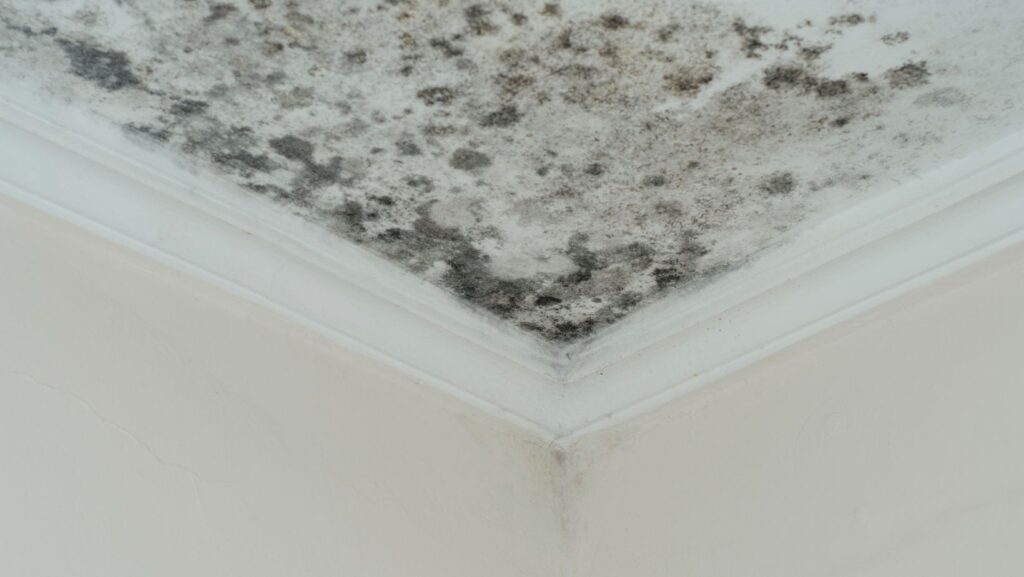When dealing with mold problems in your home or building, you need to understand the difference between mold inspection and mold testing. These terms are usually used interchangeably, but they serve different purposes and provide different information.
Knowing which one you need and when you need it will save you time, money and unnecessary stress. Let’s take a look at the differences between mold inspection and mold testing, and which one is suitable for you.
What Is Mold Testing?
On one hand is mold testing, which refers to the process of collecting air or surface samples to identify the type and concentration of mold spores present. The samples of mold are usually sent to a laboratory for analysis, where technicians determine the species of mold and the spore counts. If you need more than visual confirmation to check for mold, then testing is useful. It provides scientific data to guide remediation and verify air quality.
The two types of mold testing are air testing and surface testing. Air testing measures the concentration of mold spores in the air, and it can be used to identify if there is mold in the air that might not be visible on your walls, floors, or ceilings. As for surface testing, it involves swabbing or tape-lifting visible mold or suspect surfaces to analyze the exact type of mold present.
What Is a Mold Inspection?
A mold inspection is a thorough visual and physical assessment of a building to determine whether mold is present, where it is located and what is causing its growth. A certified mold inspector from services like Germ Masters Environmental will evaluate high-risk areas, such as basements, bathrooms, kitchens, attics, and HVAC systems. They will also look for signs of moisture intrusion, water damage, leaks, or other condition conducive to mold growth/
The main goal of a mold inspection is to identify problem areas or the sources, detect visible mold, and find any hidden mold growing under the floors or behind the walls. With tools like moisture meters, humidity sensors and infrared cameras, professionals can pinpoint the mold and take the next step to exterminate it.
When Do You Need Each?
You can consider mold inspection when:
- You suspect a mold problem but can’t find it.
- You experienced recent water damage.
- You’re buying or selling an older home.
- You want a professional consultation before remodeling.
On the other hand, mold testing is suitable when:
- Occupants in the house are experiencing unexplained health symptoms.
- You want to identify the type of mold for legal or medical reasons.
- You want to confirm the success of mold remediation.
- You need documentation of air quality levels.
Mold Inspection and Mold Testing are Complementary
Mold inspection and testing often go hand in hand. While inspection gives you a physical understanding of the mold situation, testing provides the scientific backup. Together, they can give a full picture of what you’re dealing with and how you can get rid of the mold.
For instance, the mold inspection might reveal no visible growth, but mold testing shows elevated spore counts in the air, indicating hidden mold. On the other hand, mold inspection might uncover mold that can be removed immediately without needing testing.
Protecting Your Home from Mold
By understanding the difference between mold inspection and mold testing, you can tackle any mold problems in your home or building. Mold inspection allows you to find the areas of concern and moisture sources, while mold testing uses laboratory analysis to find the type and level of mold. Depending on your situation, you might need just one or both.




More Stories
Renton Plumber Warns About Predatory Plumbing Sales Tactics To Watch Out For
Physical vs Virtual Chips: Which One Helps Control Gambling Spend Better?
Why UK Retail Businesses Prefer Modern Plastic Displays